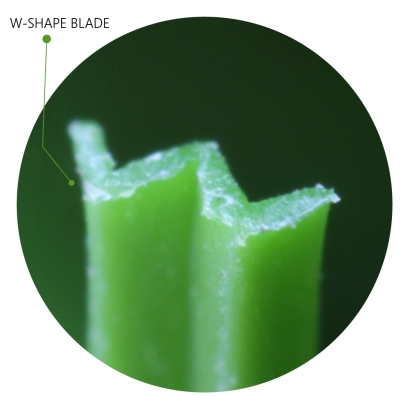

The fiber shape in artificial grass is a critical factor influencing its durability, response to solar glare, and fiber memory - the ability to return to its original shape. While flat, smooth polyethylene fibers are temperature-sensitive and show less resilience, more complex blade shapes created through melting and molding into continuous profiles offer enhanced toughness. These fibers are shaped using a die that sets the polymer into a specific form as it cools. Initially, these complex fibers were cost-prohibitive for broad use but have become more accessible over time. The evolution of turf blades began with the creation of Diamond blades, followed by StemGrass shaped turf, significantly improving resilience, durability, and the aesthetic quality of synthetic surfaces.
In 2015, Global Syn-Turf ushered in a new era with the introduction of W-shaped synthetic yarn, known for its unique heat-retaining properties. The W-shape, resembling the English letter "W" with two midribs and four main facets, effectively reflects solar glare and disperses sunlight in various directions. This innovation made synthetic grass more suitable for hot, dry climates, where managing heat retention is crucial. This led to the development of the "KoolMax" technology, which, due to its affordability, versatility, and realistic look, quickly became a standout in the synthetic grass industry. The W-shaped turf's popularity soared, particularly for residential use.
The W-shaped fibers' light-diffusing characteristics mean they retain significantly less heat, slowing down solar energy transmission as it passes through the blade. Controlled tests have shown that Global Syn-Turf's W-Blade designed grass is up to 15 degrees cooler than other synthetic turfs on the market. Combined with its non-glossy, realistic appearance and the ability to withstand heavy foot traffic, this type of artificial turf excels in commercial applications, outperforming other varieties.